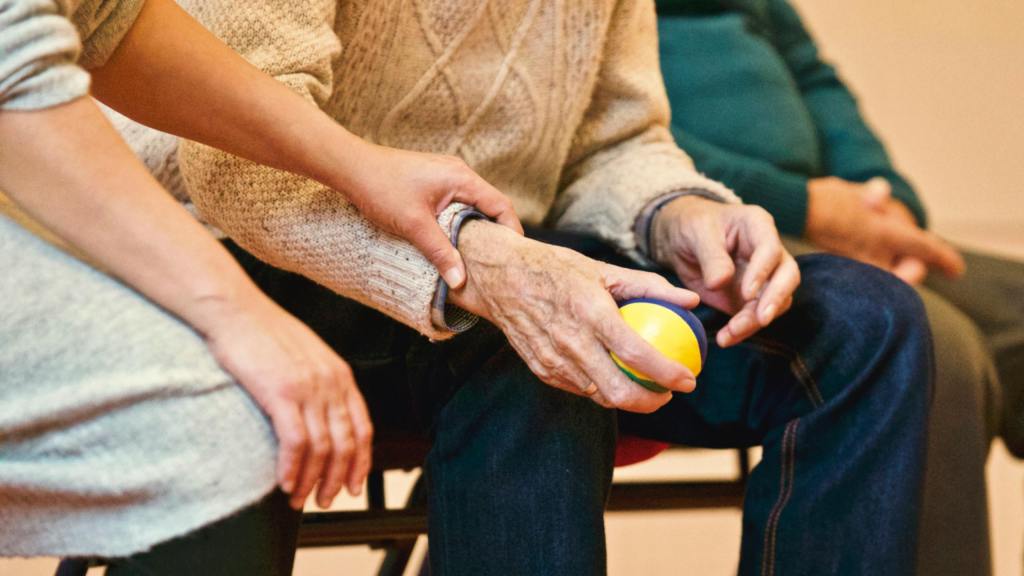Julie Ely is an Area Marketing Manager Caregiver Homes in Western Massachusetts. If you are like me and love photography and Life Magazine, the name Margaret Bourke-White might mean something to you. Margaret Bourke-White was my first contact with a disease called Parkinson’s, and I have been fascinated by this disease ever since. I was about 12 years old when I read an article in Life Magazine about one of its staff photographers and her battle to continue taking pictures in spite of the difficulties caused by Parkinson’s disease. Even with balance problems and fine motor control deficits, Ms. Bourke-White continued with her award-winning, internationally-acclaimed photography from the time of her diagnosis in 1952 until about 1959. After that, she went on to write several books. Rather than thinking, “That’s not very long to continue a life’s love and occupation,” one must think, “Boy! At a time when medications weren’t what they are now, look how far she was able to go. And imagine how far one can go in this day and age with so much better treatment!” Here are a few other names to consider: Mohammed Ali, President George H. W. Bush (# 43), Michael J. Fox. All extremely successful people! All continue to lead productive lives in long after their diagnosis. So, what is Parkinson’s and how does it affect someone? It is a disorder in the brain that leads to a decrease in the number of brain cells which produce dopamine, a chemical that works in the brain to control body movement and coordination. As the disease progresses, the amount of dopamine produced decreases, leaving the person incapable of initiating or controlling movement in an easy fashion. Parkinson’s disease is progressive and may produce many symptoms which can begin as mild and become pronounced over time. Early on, symptoms may appear together or may appear randomly with no connection. The four major symptoms are: tremors; stiffness of the arms, legs and trunk; slow movement; and impaired coordination and balance. As the disease progresses, other symptoms may appear: drooling, a flat affect (expressionless face), muscle pain, trouble starting a movement such as “stuttering feet” when initiating a step, slow, low-volume speech. The problem with Parkinson’s is the slow decline. Why is this problematical? The person or family members may not recognize that it’s time to move on to the next step with treatment, or may not recognize the need for physical, occupational, or speech therapy. The person may need help but is unwilling to admit the need or may have no one available to help. The person diagnosed with Parkinson’s disease should be working with a Neurologist, a physician specializing in neurological and/ or neuromuscular disease. The physician will monitor the progress of the disease and fine tune medications as necessary. He/ she may also recommend physical, occupational or speech therapy when needed. At some point, the individual may need help with
activities such as dressing, walking within the home as well as outside, and transferring. The physician and therapists can help in making greater care need decisions. There are several things to remember: each person is unique and the effect of Parkinson’s on each person is individual.
The diagnosis is not a death sentence; people with Parkinson’s live a normal life span, often well into their 80’s, and often can still pursue their interests with determination and the support of their loved ones and care teams. For more in-depth information on Parkinson’s disease, contact the Parkinson’s disease Foundation at
https://www.parkinson.org/.



